The great pain of most flight passengers is arriving at their location…without their baggage.
Thousands of luggage are lost every day at airports around the world, but CPH Airport was out to find a more cost-& time efficient way of optimizing their current baggage tracking infrastructure, thereby also ensuring a smoother journey for their passengers.
They handle large volumes of baggage every day. To ensure passengers receive the correct luggage at the right time, baggage handling has to happen with high precision in order to avoid critical situations when passengers arrive at the final destination.

Today, an automatic Baggage Handling System (BHS) delivered by multiple vendors is in place but unfortunately, this system is prone to errors, which causes bags to be “lost in tracking” and must be re-identified or could ultimately result in the baggage not arriving at the destination together with the passenger. A lost piece of baggage requires manual intervention, inflicting indirect costs both for CPH Airport and the airline.
Making changes and correcting errors in the current BHS is a costly endeavor – whether it be mechanically, electrically or technically – and with the capacity limitations that CPH Airport have due to its size and location, they are forced to be efficient with the space they have which helps them to be razor-sharp in their goals for improvement.
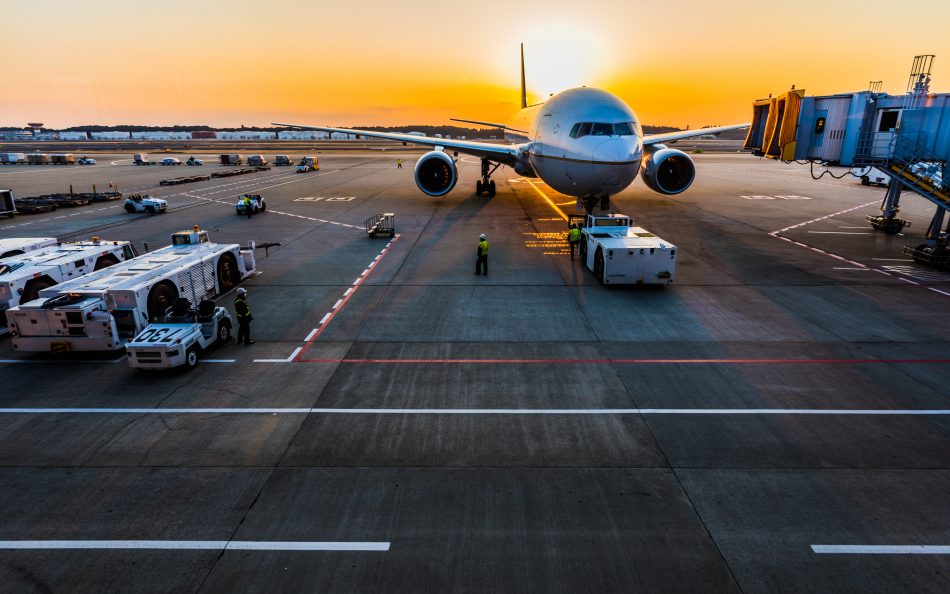
“For this project, it was important for us to have a partner in crime who were experts in what they do – Machine Learning – and who could deliver effectively. That’s the reason we went with Trifork and we are very satisfied with the result.”
CPH Airport worked with an external vendor who took massive amounts of data points they had (from weather conditions and scheduled departure & arrival times, to the number of passengers on any given flight) to create a Machine Learning model that would accurately predict when a plane would actually arrive luggage-wise. This enabled CPH Airport to predict in real time the accuracy of when luggage from a flight would be ready on the conveyor belt for passengers to collect. CPH Airport realized the value in optimizing their BHS using ML and was ready to take it to the next level and test where else in the system they could use it.
CPH Airport identified image tracking (video analytics) as a supporting tool to the already existing BHS. As software and AI specialists, Trifork was asked to support this endeavour.
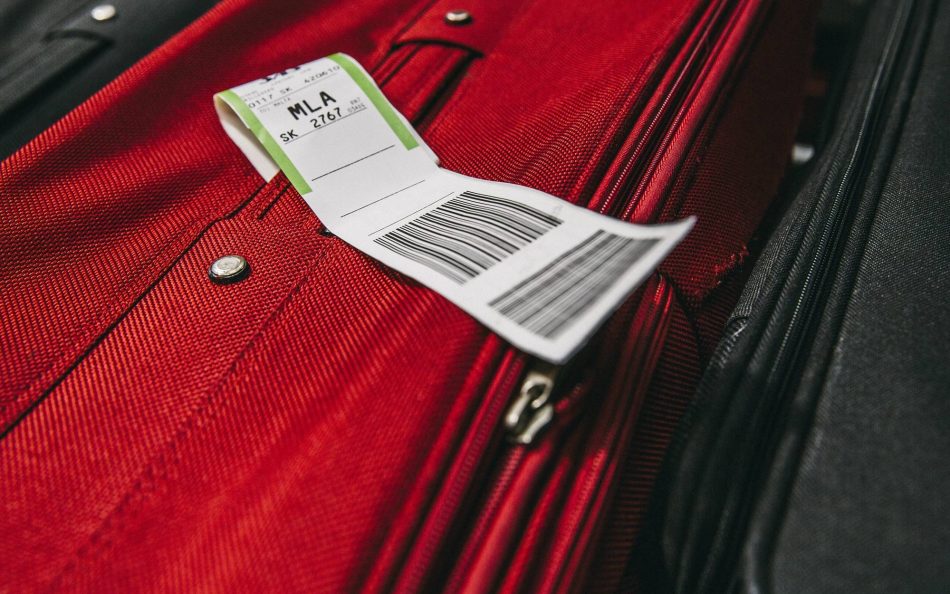
Today, an array of barcode readers are used to identify baggage at multiple locations at the BHS. However, this solution is not cost efficient to implement across the entire BHS, whereas a simple camera setup would be more efficient.
Trifork has delivered a Proof-in-Production using ML, edge computing and event-driven software that could ultimately support the BHS. The goal is to track the bags, lower the amount of lost baggage, and provide a more investment-efficient optimization.
The requirements for Trifork were:
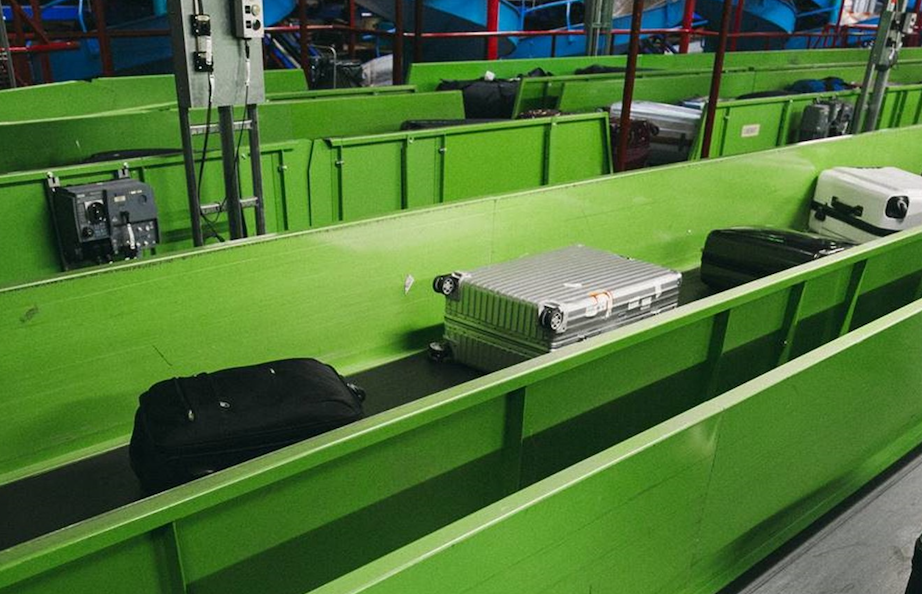
The objective was to challenge the status quo in baggage handling systems, and provide support to already existing set-ups and processes, while making every day work tasks more efficient for CPH Airport staff.
The three main roles that would benefit from acquiring a supporting baggage tracking system at CPH Airport are:
The Controller: who has no additional opportunity in the existing tracking system to correct faulty tracking.
The Operator: their main objective is to redirect faulty tracking, reposition lost baggage at the conveyor belt and take action when baggage is misplaced.
The Passenger: is the end-user and is ultimately affected by how the BHS works. The impact made by the BHS could either lead to a fantastic travel experience with the airport or induce a high level of stress for them.
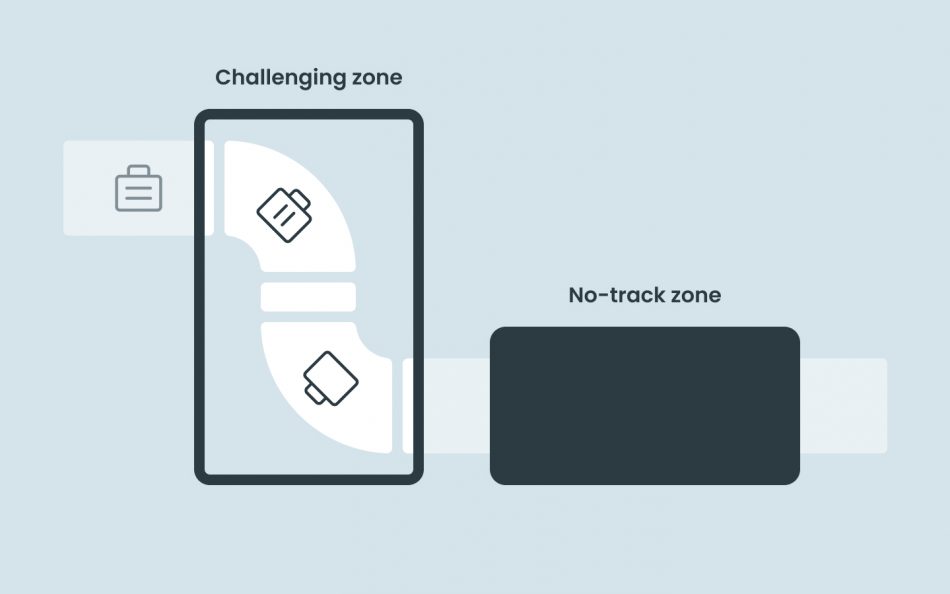
Trifork identified some of the major reasons to implement another tracking level to support the already existing BHS:
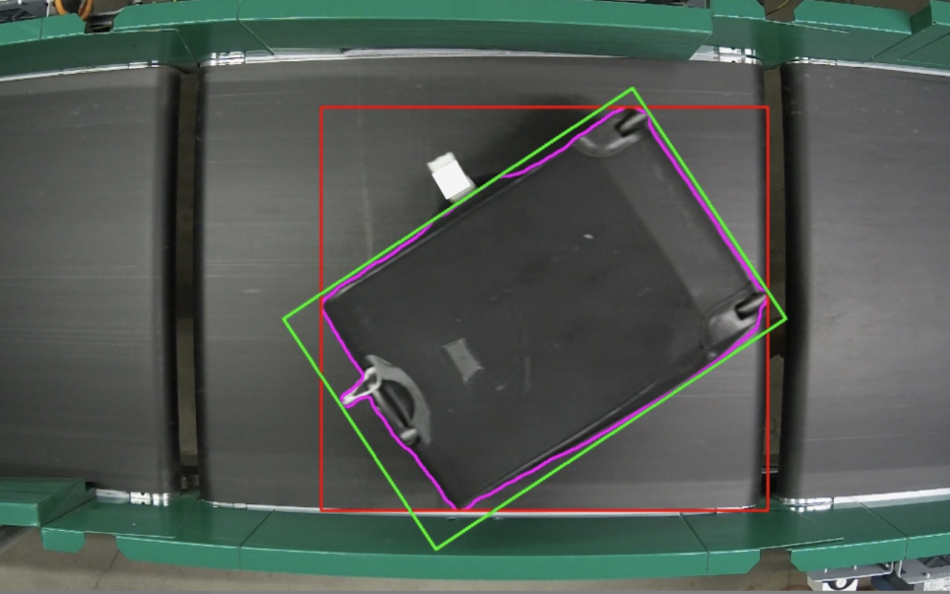
It’s a three-step procedure involving a minimum of two cameras:
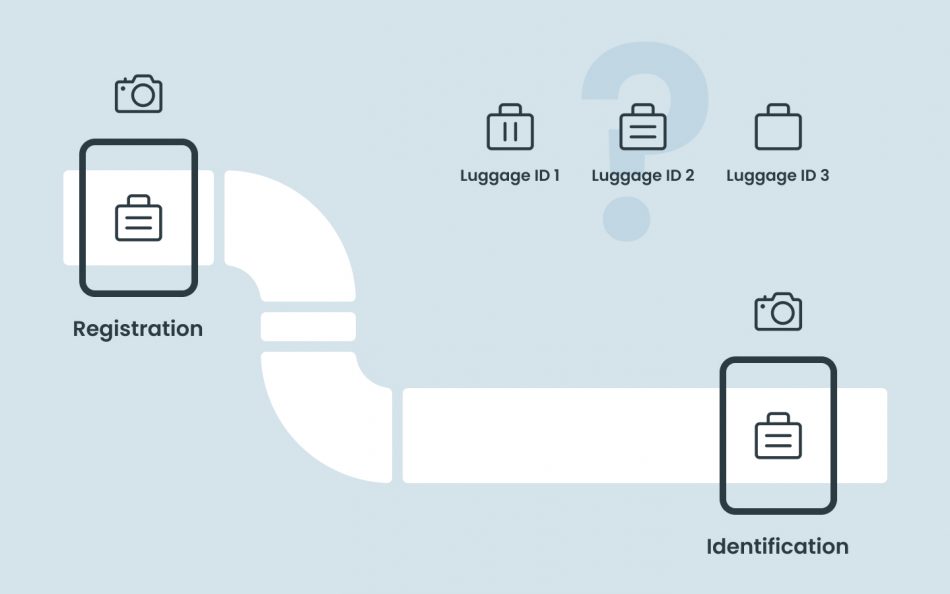
The baggage is marked by Artificial Intelligence with rectangular boxes. In total, four AI models are involved in registering and identifying unique bags as either hard- or soft bags. When a bag passes the green vertical lines, a software event is triggered to capture the current video frame. Another machine learning model attaches a unique bag id to all bags, so they can be tracked while in the camera’s view.
Additionally, the orange box calculates the number of bags in the frame and creates a software event if more than one bag is present.
A fingerprint model creates a unique representation of a bag, ensuring that noise is reduced and important features are highlighted for later re-identification.
After working through our own set of trials and errors, we are happy to come out the other side successfully! Thanks to the great collaboration between CPH Airport and Trifork, we are able to see the major positive effects on the daily operations for the Baggage Automation System department and operators. With CPH Airport being such a critical part of Copenhagen’s infrastructure, we are happy to see that this solution can help them increase their performance as cost-&time efficiently as possible.
The results of our work include:
If you prefer, you can also contact us on info@trifork.com
Subscribe
Find out the latest news first
Content